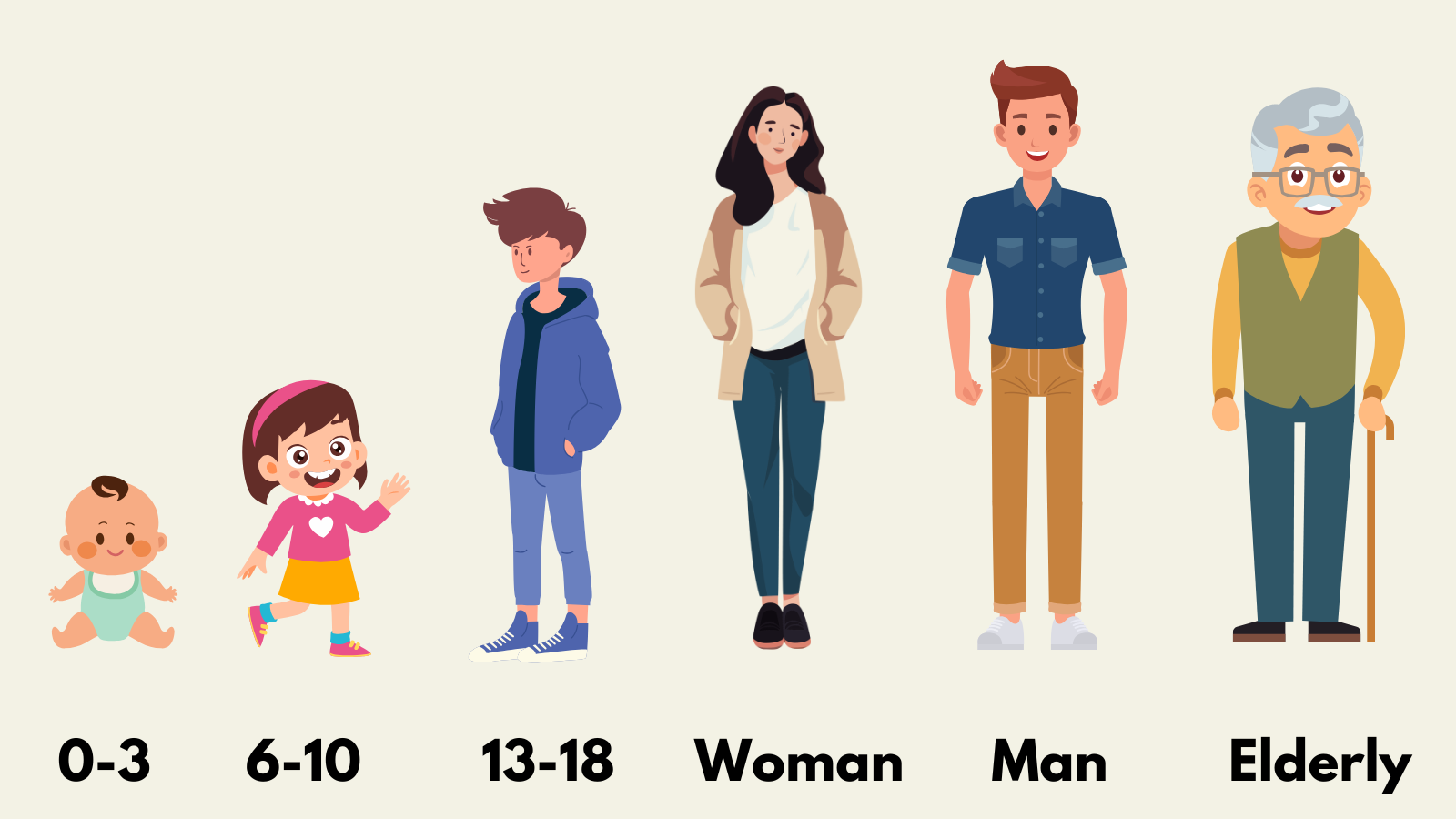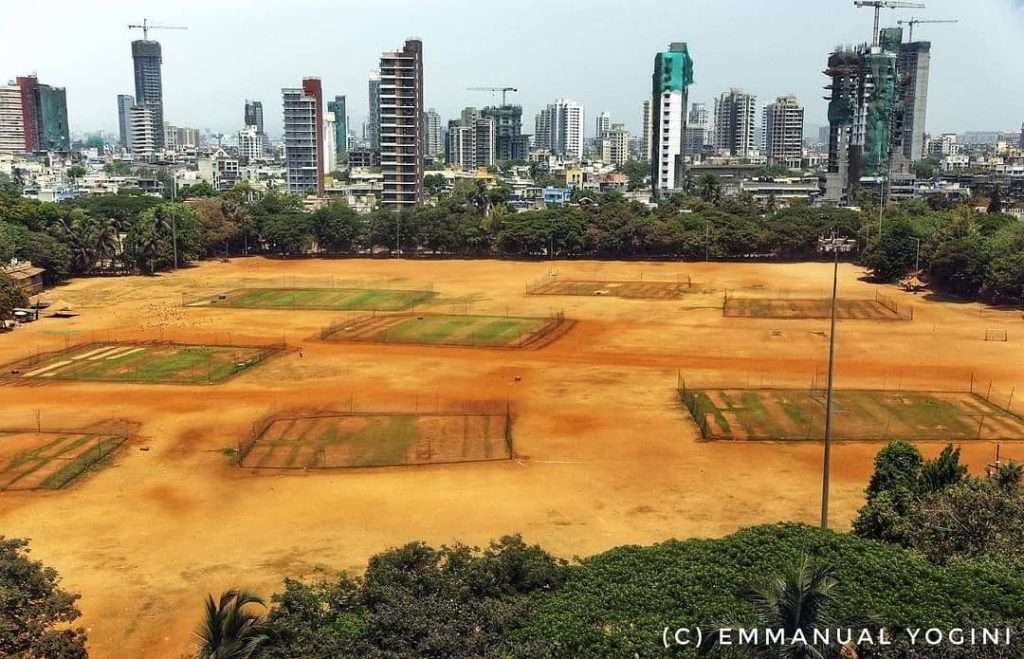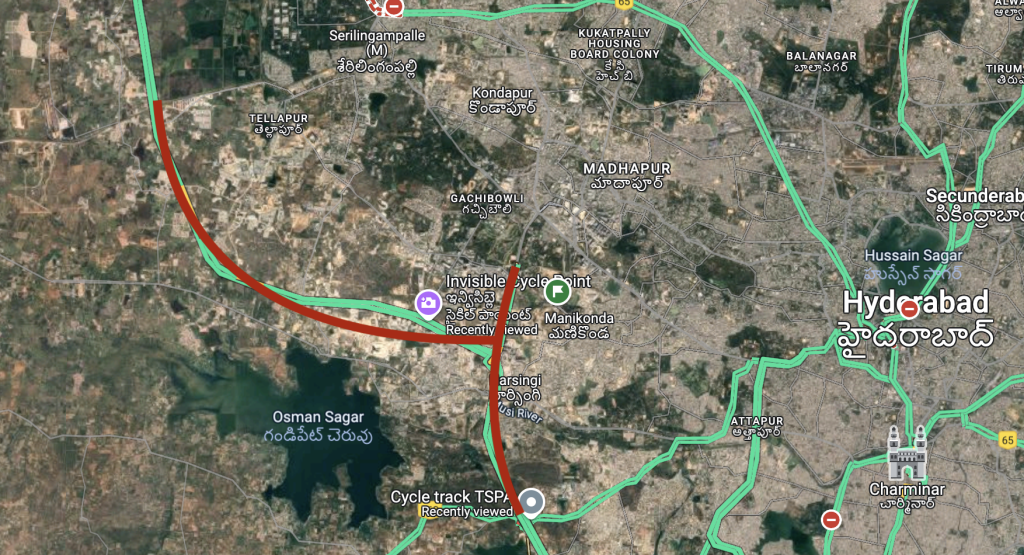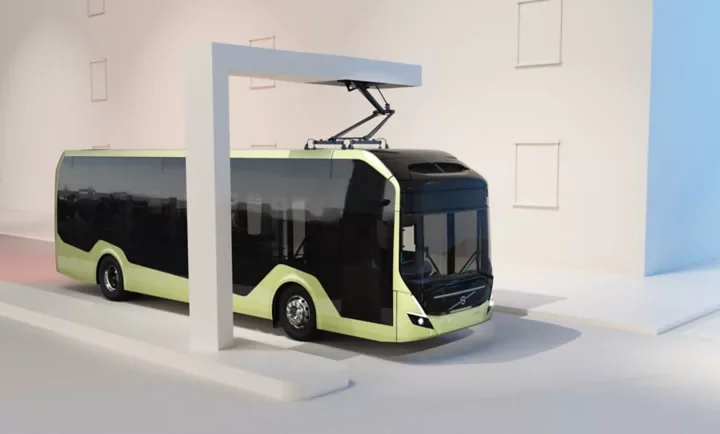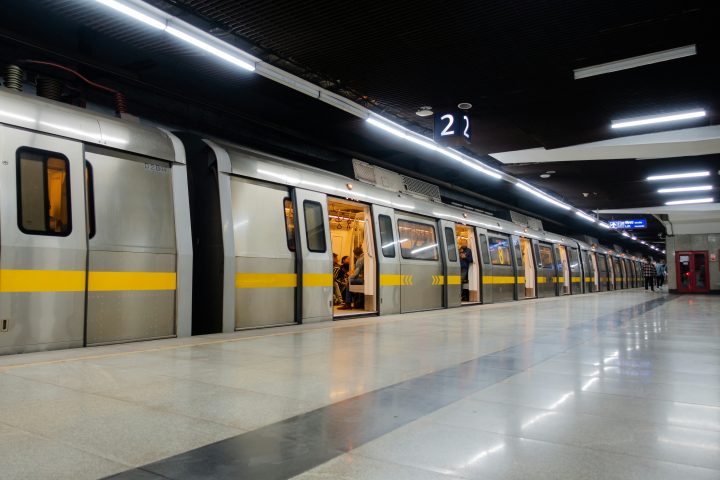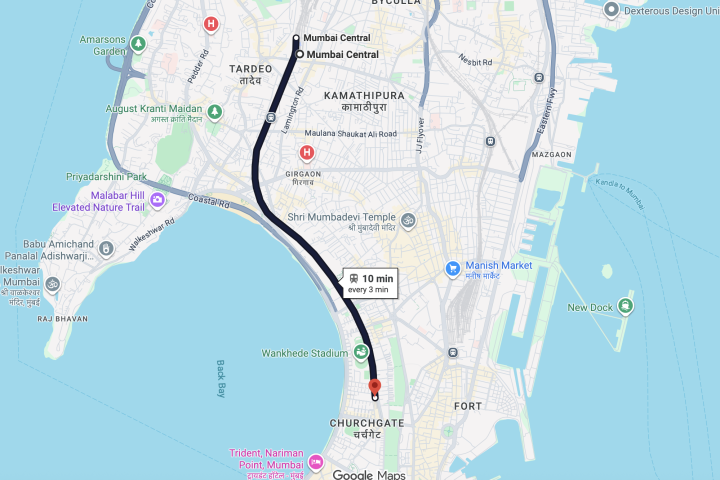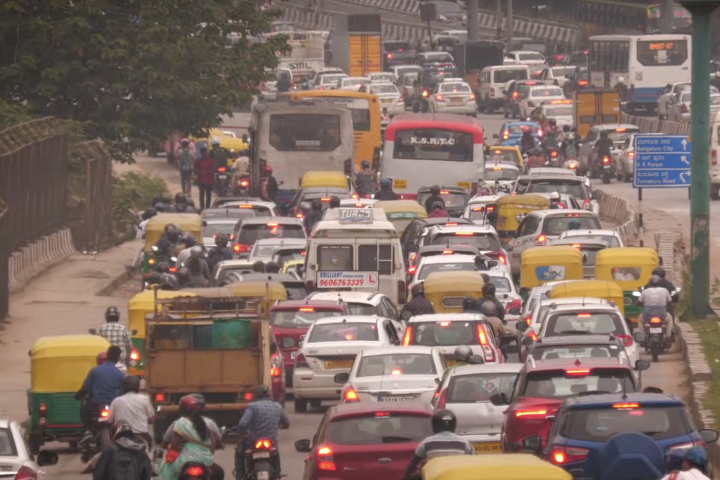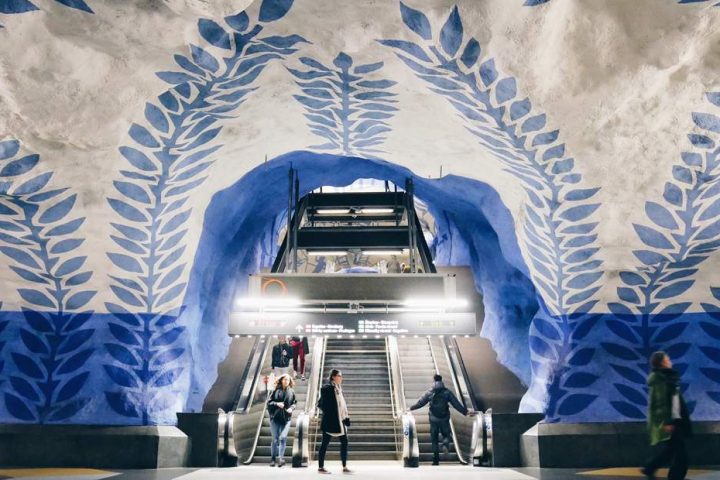I posted this question on X and got a few responses for it. Most of them said that a city should be built primarily for the elderly.
If you ask me though, I would choose to design and build a city for kids of age 6-10, and I will explain my reasons below.
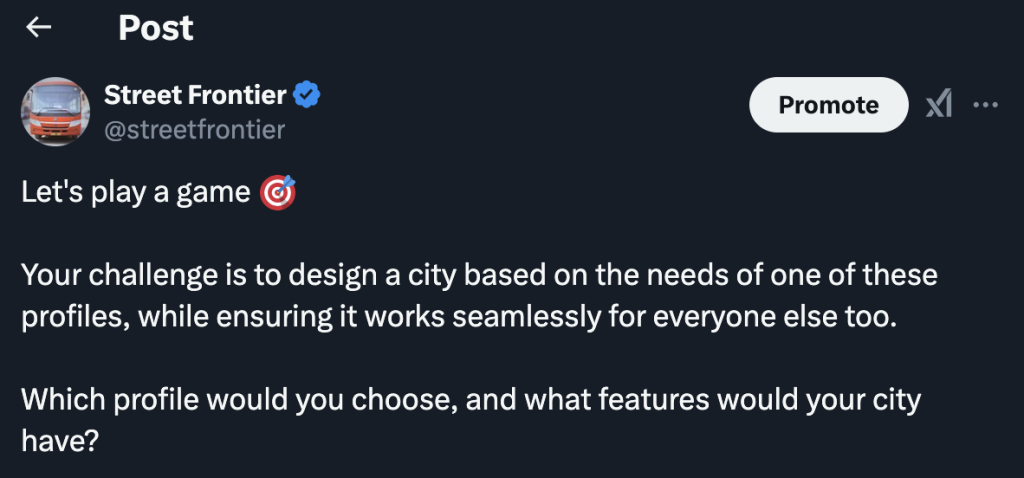
A big disclaimer before we begin – this is just an opinion without any scientific basis.
So…..let’s first eliminate other profiles.
Babies and toddlers do not fully immerse themselves in a city. Most of the time, they are stay at home, under the watchful eye of their parents. They also require smaller spaces unlike those of other age groups.
Teenagers don’t require the same assistance as a six year old. They are quite independent, and can navigate around the city on their own. However, they still need community spaces that cater to their age group
I put the needs of the man and the woman at the bottom. The current world order is built for them – the roads, the bridges, the cafes, the bars, etc.. They are adults in their prime, and can live and thrive even in harshest of environments.
The elderly share similar movement patterns and needs with the 0-3 age group. Most of the times, they are at home or have short distances to cover. Often, their needs are also supported by the younger generation.
Case for 6-10 aged kids
Kids of this age group experience freedom for the first time. Until then, all their needs are handled by the parents or guardians. Anything beyond the age of 10, you are entering the zone of teenagers who need a hands-off approach to life.
Kids of this age also move in groups, and they need a good public transport to commute to school, or to meet friends across the city. Public transport systems would be more accessible, affordable, and reliable. This would encourage families to rely on buses, trains, and trams, significantly cutting down on urban pollution. Dedicated school buses or kid-friendly transit cars, complete with safety measures and attendants, would make mobility for young children seamless and safe.
When you have kids, the government invests more in healthcare, which means more hospitals. Clinics and hospitals would be evenly distributed across the city, ensuring quick access to medical care.
Since they cannot drive yet, public transport would be strengthened, the space for cars would be reduced. Air would be cleaner to breathe, and the city would be much calmer.
Almost all roads would be pedestrian-only, and would be dotted with tiny playgrounds – with swings and see-saws.
To keep kids safe from harmful elements, authorities would invest in surveillance and monitoring in trains, buses, schools, parks, and major localities – increasing safety for all.
More schools would be created with quality education, leading to higher literacy and more informed adults. Public schools would be within walking or cycling distance of residential areas, eliminating long commutes. Libraries would flourish, helping not just for children, but for the entire community.
Kids of that age tend to run – meaning more parks and open spaces. Urban planning would prioritize creating interconnected green corridors-parks linked by walkways and bike paths. These spaces wouldn’t just serve children; they’d become community hubs where people of all ages could gather, exercise, and relax.
Designing for kids also means building a sense of community. Parents, neighbors, and other caregivers would naturally come together in shared spaces, fostering stronger social bonds.
Long-term impact
Such children then grow up with a sense of belonging, stronger social skills, and a deep connection to their surroundings.
By centering our cities around the youngest and most vulnerable members of society, we create spaces that are inclusive, vibrant, and resilient – places where everyone, regardless of age, can thrive.
